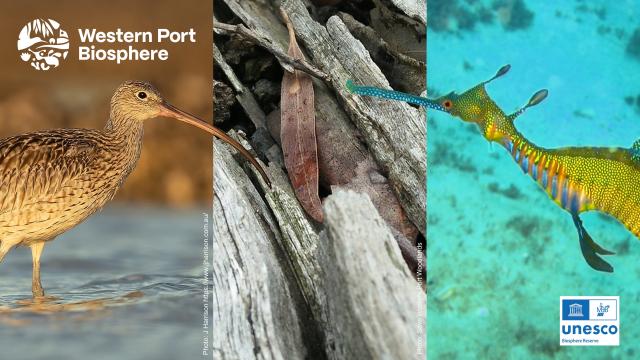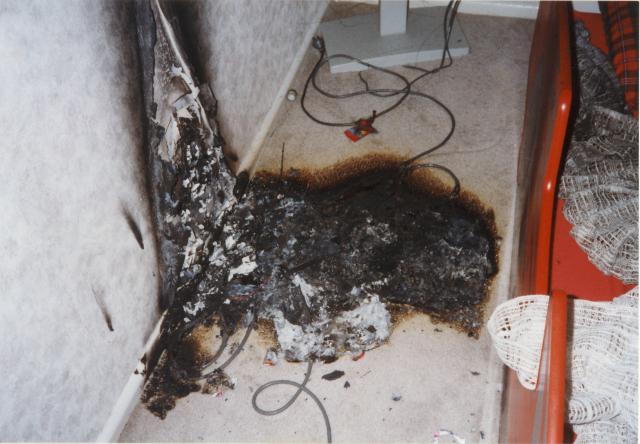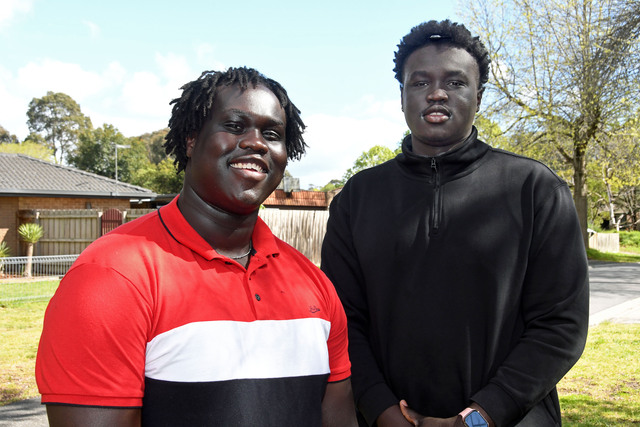The Western Port Biosphere has hit refresh on its brand and strategy for the next decade following confirmation of its UNESCO status and a growing presence in shaping the future for the Western Port Biosphere Reserve.
Western Port Biosphere Reserve Foundation chief executive Mel Barker, said there were many factors that made this the perfect time to present a fresh face to the world, particularly the stakeholders and communities that supported a vision that would ensure the preservation of the Reserve’s environment for future generations.
“We are celebrating the 20th anniversary of successfully advocating for Western Port’s recognition and acceptance into the international UNESCO Biosphere network,” Ms Barker said.
“This is the first time since the establishment of the Reserve that we have reviewed and updated its brand.
“The recent acknowledgement of our progress by UNESCO, substantial funding for blue carbon development from the Victorian Government and growing partnerships with traditional owners, community and with public and private sector organisations enables us to confidently move forward to address the numerous challenges facing Western Port.”
The Foundation’s top priorities encompass several key areas:
Advocating for the creation of a Strategic Framework for Western Port
Advocacy relating to commercial development proposals for Western Port proposals for Western Port
Enhancing community awareness and preserving ecologically vital and internationally significant habitats, including Ramsar wetlands, blue carbon ecosystems (mangroves, salt marshes, and seagrass), and Bryozoan reefs
Establishing a biolink to connect the nationally significant Western Port Woodlands on the Bass Coast, while ensuring effective communication between neighbouring sand quarries and the community
Securing support to develop critical biolinks to maintain and support the Reserve’s biodiversity
The Reserve Foundation has also presented a new Western Port Biosphere logo, which wraps representations of flora and fauna associated with the Reserve with habitat and community.
It is more distinctive and contemporary, the Foundation said, lending itself to easier recognition over time in digital communications channels through which the Foundation has been increasing its reach over recent months.







